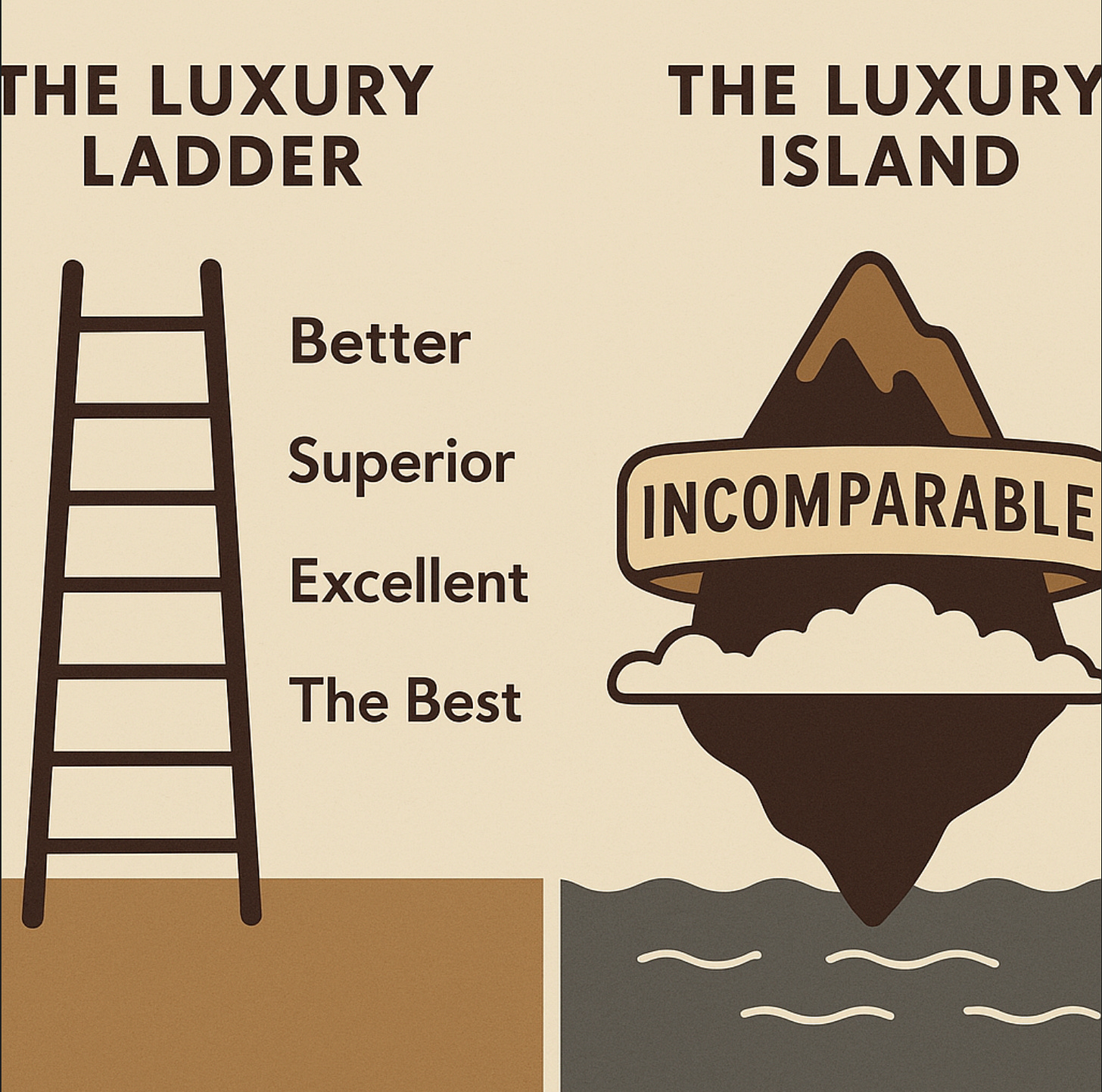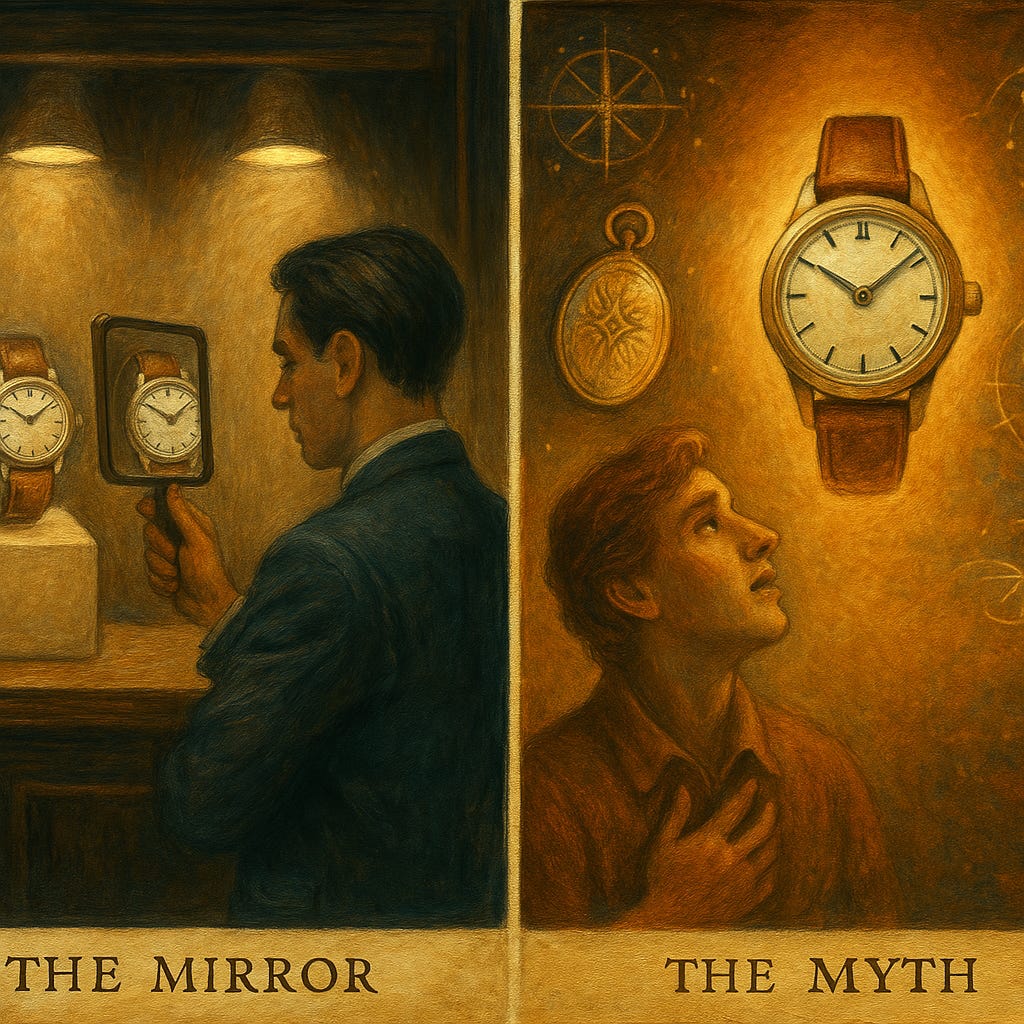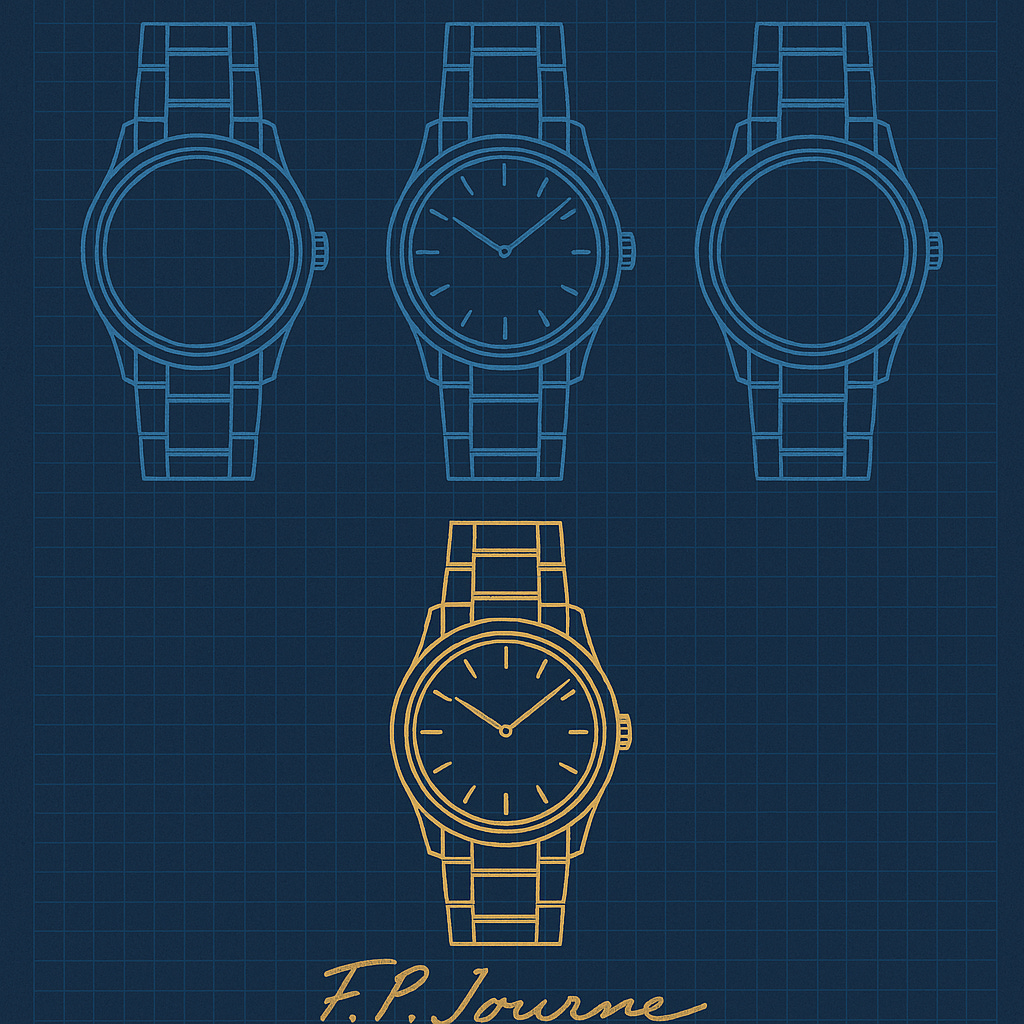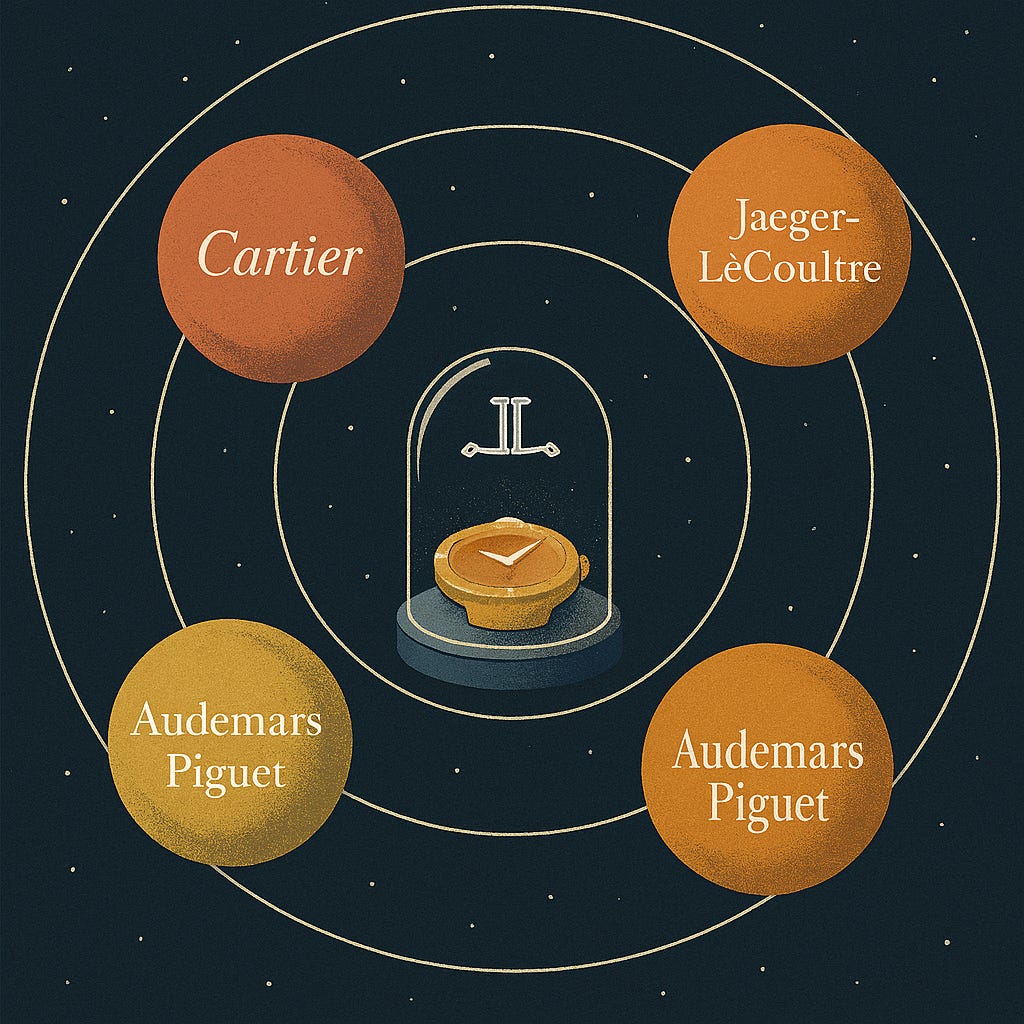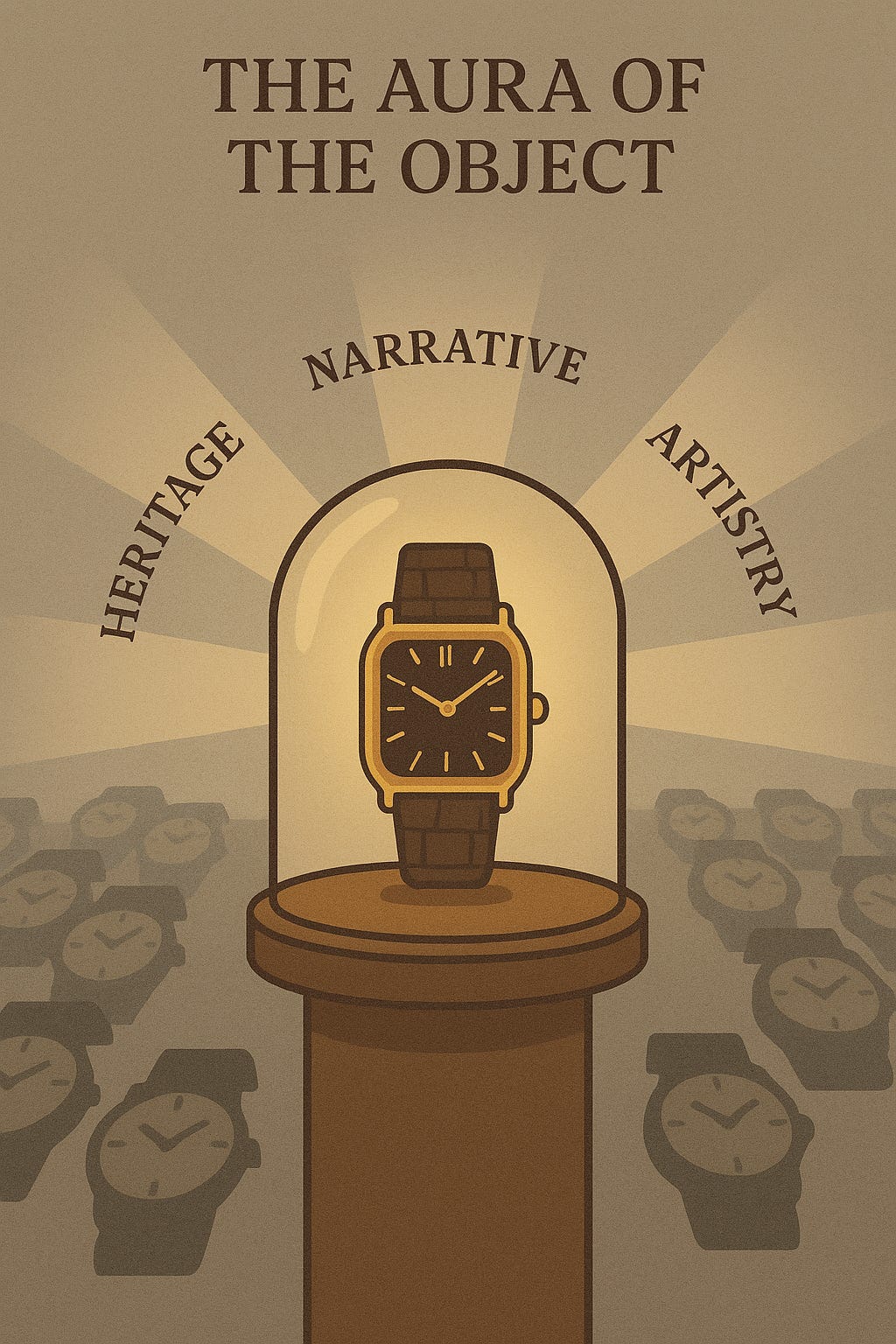Introduction
In contemporary consumer culture, luxury branding represents far more than premium pricing or superior quality—it embodies a complex system of cultural codes, social signifiers, and emotional promises. Jean-Noel Kapferer, a leading authority on luxury brand management, has consistently emphasized that what distinguishes truly luxurious brands is not their position relative to competitors but their singular identity and incomparable essence. This essay proposes that in the luxury market, uniqueness reigns supreme, with successful brands prioritizing superlative qualities that transcend comparative positioning. This approach reflects not only shrewd marketing strategy but also deeper cultural currents shaping our relationship with consumption, identity, and value.
Understanding Uniqueness in Luxury: Beyond Scarcity
Luxury brands are conventionally characterized by exclusivity, exceptional craftsmanship, and rich heritage. However, a more nuanced analysis reveals that these attributes serve a deeper purpose: they construct an aura of singularity that resists direct comparison. Exclusivity is not merely about limiting access—it creates a distinctive space occupied by no other entity. Craftsmanship signals not just quality but an irreplicable human touch. Heritage provides not only historical legitimacy but a narrative that cannot be duplicated or accelerated.
This uniqueness operates on multiple planes. Materially, it manifests in proprietary techniques, patented designs, or signature aesthetics—think of Patek Philippe's Calatrava cross, Audemars Piguet's octagonal Royal Oak bezel, or A. Lange & Söhne's outsize date window. Semiotically, it creates a language of visual and tactile cues instantly recognizable to the initiated. Culturally, it establishes what Pierre Bourdieu might recognize as markers of distinction that simultaneously include and exclude.
The emotional bond between luxury brands and consumers hinges on this perceived uniqueness. When a consumer acquires a luxury item, they are not simply purchasing superior functionality but acquiring a fragment of the brand's singular identity. This transaction is fundamentally different from conventional consumption; it represents affiliation with something perceived as inimitable. The luxury consumer does not merely want the best—they want something believed to be beyond comparison.
The Cultural Critique of Comparative Positioning
Traditional marketing strategy emphasizes competitive positioning—establishing superiority over rivals through direct or indirect comparison. This approach, while effective for many consumer goods, proves problematic in luxury contexts for reasons both practical and philosophical.
When luxury brands engage in comparative positioning, they inadvertently diminish their mystique. By acknowledging competitors as legitimate points of comparison, they implicitly surrender their claim to incomparability. This dynamic recalls Theodore Levitt's observation that "people don't want to buy a quarter-inch drill; they want a quarter-inch hole." In luxury, this principle is magnified—consumers don't merely want the best watch; they want a Patek Philippe, with all its singular cultural connotations.
Consider the divergent trajectories of TAG Heuer and Patek Philippe. When TAG Heuer began emphasizing competitive advantages over other sports chronographs in the early 2000s—highlighting precision timing, superior water resistance, and technological innovations relative to competitors—it incrementally shifted from luxury to premium positioning. Meanwhile, Patek Philippe steadfastly maintained its narrative of incomparability with its "You never actually own a Patek Philippe" campaign, refusing to engage in direct comparisons. The result? TAG Heuer became an excellent timepiece among peers; Patek Philippe remained Patek Philippe—a category unto itself.
This comparative mindset creates what might be termed a "luxury paradox": the more explicitly a brand positions itself as "better than" alternatives, the more it undermines its claim to transcendent status. The logical conclusion of comparative positioning is optimization rather than transcendence—a dangerous territory for luxury brands.
Superlative Qualities: The Cultural Currency of Incomparability
In contrast to comparative excellence, superlative quality exists in a different conceptual domain. The superlative is not about being better than others but about establishing a standard that exists beyond the comparative framework entirely. It is not "better than" but "unlike any other."
This distinction has profound implications for how luxury brands conceptualize and communicate their value. Innovative design in luxury contexts is not merely improved functionality but an aesthetic vision that creates new parameters of evaluation. The Audemars Piguet Royal Oak is not valued primarily for being more accurate than other timepieces but for being a Royal Oak—a cultural artifact with its own gravitational field that redefined luxury watchmaking when Gerald Genta dared to create a luxury steel sports watch in 1972.
Exceptional customer experiences in luxury don't simply exceed expectations established elsewhere but create entirely new expectations. When F.P. Journe personally calls collectors who acquire one of his timepieces, or when Vacheron Constantin offers its Les Collectionneurs program that authenticates and restores vintage pieces from its archives, these brands aren't merely outperforming other watchmakers but establishing a fundamentally different relationship with service and collector engagement.
Marketing strategies reflect this shift from comparative to superlative. Rather than highlighting advantages over competitors, effective luxury marketing creates immersive worlds and origin stories that position the brand as the originator of its own category. Rolex doesn't compete with other dive watches; it invites consumers into a universe where their Submariner was the first to accompany explorers to the deepest point in the ocean. Jaeger-LeCoultre doesn't simply make reversible watches; it invites collectors into an 1931-established universe of horological innovation where the Reverso was created not to compete with other timepieces but to solve the unique challenge of polo players needing to protect their watch crystals.
Uniqueness as Cultural Capital: Strategies for Differentiation
The prioritization of uniqueness over comparison reflects broader cultural trends. In an era of increasing standardization, algorithmic recommendation, and digital reproducibility, genuine uniqueness becomes an increasingly scarce and valued commodity. Luxury brands that successfully cultivate uniqueness tap into this cultural current.
Building a compelling brand narrative offers one pathway to uniqueness. The most successful luxury narratives are not invented from whole cloth but excavated from authentic elements of brand history, then carefully curated and amplified. Omega's connection to space exploration exemplifies this approach—by emphasizing its role as the first watch on the moon and continuing this narrative through limited editions and NASA collaborations, Omega establishes a heritage that cannot be replicated by competitors. Similarly, Blancpain's revival of its Fifty Fathoms dive watch leveraged authentic military diving history to create a narrative that transcends mere technical specifications.
Fostering community and exclusivity represents another strategy. Exclusive communities around luxury watch brands—from Patek Philippe's invitation-only events for high-value collectors to Grand Seiko's regional enthusiast gatherings—create value through belonging rather than comparison. The Richemont Group's "Watches & Wonders" exhibition transformed from a trade show into a carefully curated experience that builds community around its portfolio of brands including Cartier, IWC, and Jaeger-LeCoultre. These communities function as what sociologist Georg Simmel might recognize as "status groups" that consolidate and protect cultural capital.
Perhaps most challenging is the delicate balance between innovation and tradition. Luxury watch brands must evolve without betraying their essence—a dynamic tension evident in how Richard Mille disrupted the industry with ultra-lightweight, technologically advanced timepieces while still emphasizing traditional hand-finishing. Similarly, H. Moser & Cie maintains traditional Swiss watchmaking values in its movements while adopting minimalist, contemporary dial aesthetics. Even conservative maisons like Breguet must carefully introduce silicon escapements and modern alloys without compromising their historical identity exemplified by their signature guilloché dials and blued Breguet hands.
Conclusion: Beyond Comparison, Beyond Consumption
The importance of uniqueness in luxury branding extends beyond marketing strategy to reflect deeper cultural values and tensions. The luxury sector's emphasis on incomparability rather than superiority suggests a yearning for experiences and objects that escape the flattening effects of mass production and algorithmic curation.
When brands successfully establish uniqueness rather than comparative advantage, they create what Walter Benjamin might call an "aura"—a sense of authenticity and presence that resists reproduction. This aura becomes increasingly valuable in a world where most goods and experiences are infinitely reproducible and comparable.
The future of luxury branding likely lies not in claiming superiority within established parameters but in continuing to create new parameters—new definitions of what constitutes value, quality, and meaning. The most successful luxury brands will not merely be better than their competitors; they will render the very notion of competition irrelevant through their singular vision and execution.
In a culture increasingly dominated by quantification, optimization, and comparison, the luxury sector's insistence on uniqueness represents not merely a marketing strategy but a form of resistance—a reminder that some values remain stubbornly incomparable and irreducible to metrics.
If you enjoyed this exploration of the concept of uniqueness in luxury branding consider subscribing to receive more articles at the intersection of technology, culture, and economics.
About the Author
Sergio Galanti is a journalist specializing in independent watchmaking and mechanical horology.



